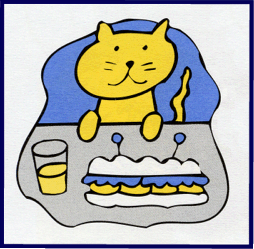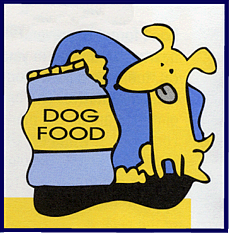Pet Nutrition
Nutrition in Puppies and Kittiens
Discover the evolving nutritional needs of puppies and kittens. Tailor their diets for optimal growth and health. Explore breed-specific insights.
Nutrition in Puppies and Kittens


Between the third and seventh weeks of life, there is a transition from milk to solid food consumption. During this period, the thickness of the intestinal wall doubles, aiding in the digestion and absorption of solid food. Additionally, the pancreas begins producing digestive enzymes, and the normal population of beneficial bacteria in the intestinal tract begins to establish itself. Dogs, characterized as adaptable omnivores, display variations in digestive enzyme production based on their diet, while cats, being obligate carnivores, maintain a more fixed enzyme balance.
One interesting aspect is that dog breeds exhibit a wide range of adult body sizes, from tiny teacup poodles to massive 200-pound mastiffs. Small breed puppies have a significantly higher energy requirement per pound of body weight, up to two to three times more than larger puppies. It’s important to note that overfeeding large-breed puppies with excessive calories can lead to early obesity or skeletal abnormalities. Conversely, a study comparing miniature poodle puppies to Great Dane puppies revealed that the larger Great Danes required higher protein levels despite having normal growth rates. This suggests that small puppies may need greater energy density but lower protein content in their diet.
Given these differences in growth rates, energy density, and protein requirements, it is no longer recommended to provide the same puppy food to all breeds and sizes of puppies. Larger breeds should be provided with a formula designed to meet their specific needs, reducing the risk of future bone and joint problems. Feeding adult dog or cat foods to puppies and kittens is also discouraged, as their nutritional demands differ significantly during this critical growth phase.

